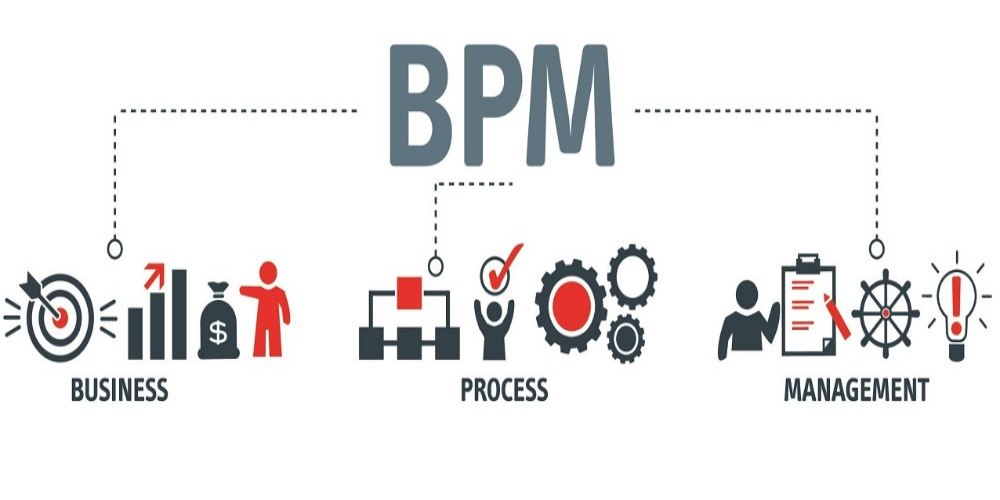
Business Process Management (BPM) is a well-established concept that can be traced back over a century to Frederick Winslow Taylor's theory of scientific management. However, the meaning of BPM can vary, and it is often defined differently by different individuals.
BPM is commonly understood as both a discipline or practice and an umbrella term that encompasses various tools. It is not merely something that can be purchased or implemented, but rather a set of activities performed by people. However, the term BPM is also used to refer to the software tools used in business processes, although some argue that these technologies should be categorized separately.
So why is BPM used? BPM aims to codify, optimize, and continuously improve operations or processes within an organization. It tackles the challenge of capturing and managing processes that are often stored in people's minds, manuals, rules, laws, or worksheets. These processes can be created organically, mandated by legislation, or developed on the spot.
Definitions of BPM by Experts:
- Marcus Torres, VP of Product Management, Platform at ServiceNow:
"Business Process Management is a functional discipline for business process owners and operational teams to discover, document, analyze, audit, and optimize existing processes and implement new ones for better operational performance, improved risk management, and streamlined governance of the entire process."
- Tony Higgins, CTO at Blueprint:
"Business Process Management defines specific organizational tasks, refines how those tasks get executed, and puts a system in place that can analyze and monitor how efficient the workflows are functioning. BPM isn't characterized by a discrete task or operation. It is a holistic program, and one that requires continued re-engineering of myriad processes to fine-tune."
- Akram Assaf, CTO at Bayt:
"BPM is a methodology that follows certain steps to analyze, measure, optimize, and improve the business process. It's used to streamline the way a company operates."
- Eric McGee, Senior Network Engineer at TRG Datacenters:
"BPM consists of various methods to discover, model, analyze, measure, enhance, and optimize the business processes. It coordinates people, systems, and data to ensure the business outcomes support the business strategy. BPM is an ongoing effort to improve business processes."
In today's digital landscape, BPM is increasingly intertwined with IT. Automation and data play a significant role in BPM, and IT teams are becoming crucial in driving its success. Modern BPM leverages technologies like cloud computing, artificial intelligence (AI), machine learning (ML), and robotic process automation (RPA) to optimize and automate processes, bridging operational silos and enhancing the customer experience.
BPM and digital transformation are closely related, with some considering digital transformation as a larger-scale evolution of traditional BPM. Both disciplines emphasize increasing operational efficiency, delivering services and products faster, and reshaping existing business processes to improve efficiency,productivity, and transparency.
IT can also benefit from BPM internally. BPM can enhance safety, security, and compliance within an organization by ensuring that processes meet internal and external standards. It can also assist in managing cloud costs and optimizing cloud management by providing governance and auditing measures for IT-deployed assets.
In summary, BPM is a multifaceted discipline that involves codifying, optimizing, and continuously improving business processes. It encompasses both human activities and the tools used to support those activities. With the integration of automation and data-driven technologies, BPM is evolving and becoming increasingly vital for organizations striving for operational excellence and digital transformation.

